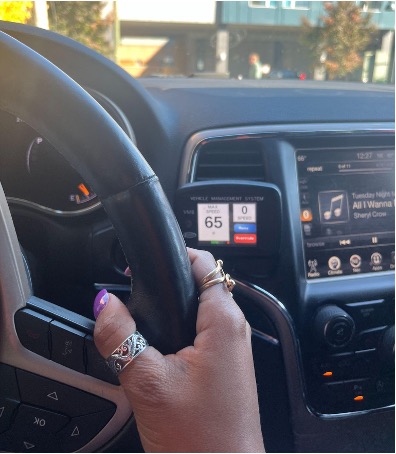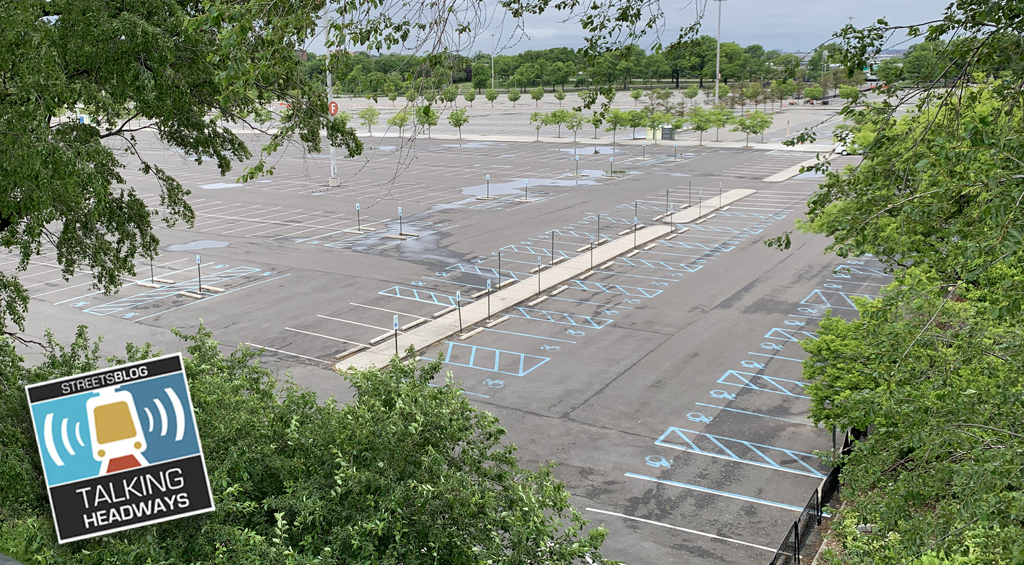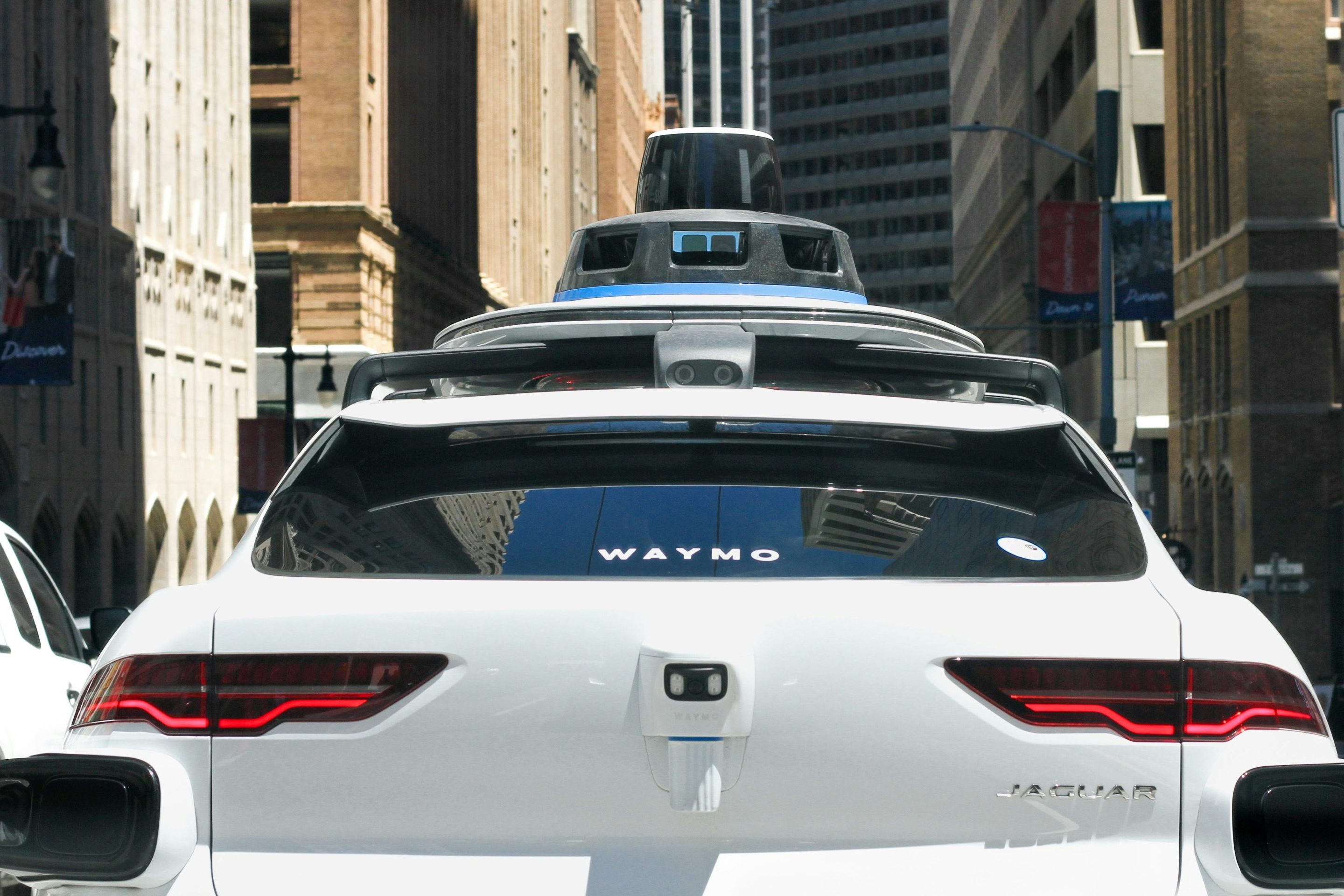Editor's note: This article is part of a series published in honor of World Day of Remembrance, which will be observed on Sunday, November 16th. This year's event This year's event emphasizes proven solutions to curb speeding-related fatalities; learn more and find a WDoR event near you here.
On a sunny, clear afternoon in a charming North Carolina college town not long ago, I had my first chance to drive a car with an Intelligent Speed Assistance (ISA) device. As a roadway safety advocate, I naturally jumped at the opportunity to test out a technology that could save countless lives — and that some think should be legally required on the vehicles of super-speeders throughout America.
For those who don’t know about it yet, ISA is drawing a lot of attention around the country, and is already well-used in other nations. It’s a low-cost, after-market technology that uses GPS-linked speed limit data and/or cameras to recognize posted limits. There are two kinds of ISA: a passive form that alerts you when driving above the speed limit, and an active form that limits the ability to exceed a set speed.
ISA is getting a lot of overdue attention because it's a proven, commonsense strategy to curb dangerous speeding — and because more state and local agencies are starting to flex the power of this underutilized safety strategy.
But what is it actually like to drive an ISA-enabled vehicle? And will American drivers accept it?
First impressions
When I settled into the driver’s seat that sunny North Carolina day, the interface of the active ISA device felt intuitive. There was a screen displaying the posted speed limit, and a smaller number below that – the “buffer,” or speed tolerance – which set how far above the posted limit the car would allow me to go. (In my case, this number was set to zero.) There was also a red override button, which would allow me to temporarily bypass the speed limit, though in cases where this technology is legally mandated, this feature would be disabled.

As I started to drive, and I quickly noticed what wasn't happening. There was no abrupt or jolted braking; instead, the technology simply would not allow the car to accelerate beyond the limit.
For me, the difference between "preventing acceleration" and "jolted braking" was critical, and it was striking to experience that difference firsthand. Like many people, I associate vehicle safety technologies with sudden corrections that can be startling or distracting; in practice, though, the ISA technology was quietly working in the background, reinforcing a safe speed without distracting me at all.
When I turned onto a 35-mph, four-lane road connecting the college town to a neighboring suburban area, something else became apparent: I was the slowest car on the road. And the longer I drove, the more it made sense; the wide road on which I drove, with multiple lanes and traffic signals spaced far apart, was tacitly encouraging the other drivers around me to go faster than the posted speed limit.
The difference became even more apparent when I turned onto a more pedestrian-oriented street with a 20 mph limit. Suddenly, I felt as if I was moving at an unusually slow pace — and other cars were going out of their way to pass me.
Video credit: LifeSafer
Leveraging ISA to Shift Driving Norms
After being able to experience the power of this technology, it’s clear to me that ISA can be especially beneficial for some very specific groups of people:
- Young and/or new drivers: For any teenagers in your life who may not yet grasp the dangers of speed, ISA can provide an important added layer of protection. It can be used to orient both new and young drivers to what safe, appropriate speeds feel like and build lifelong habits.
- Drivers with a lead foot: We all know people who think they’re a safe driver – even when they’re speeding. Surveys show that U.S. drivers routinely consider themselves better than average drivers. In reality, most people want to do the right, safe thing, but are responding to the cues of a built environment that normalizes higher speeds. ISA can be leveraged to reorient drivers to what the actual speed limit is; it’s a powerful way to realign behavior with safety.
- Super-speeders: These drivers repeatedly exceed speed limits at dangerously high levels. Though they’re a small share of drivers, they cause a disproportionate number of severe and fatal crashes, and many keep driving even after license suspensions. Families for Safe Streets is leading the charge to give states the power to rein in these super-speeders, with Virginia and Washington State, as well as Washington, DC, passing new ISA super-speeder laws, and more are considering them.
- Attentive drivers: Many people – myself included – find themselves uncertain of the posted speed limit, especially when driving through unfamiliar areas. ISA orients drivers to the actual speed limit real-time. For me, driving with ISA helped remove my uncertainty, automatically keeping me within the limit and allowing me to focus on the road.
Ultimately, what stands out to me most after my first drive with ISA is not just how smoothly the technology works, but what it signifies. It doesn’t just assist drivers; it can reshape our understanding and relationship with speed – for the better.
Technology alone will not end traffic violence, but it’s clear to me that it can help us get there – one trip at a time.






